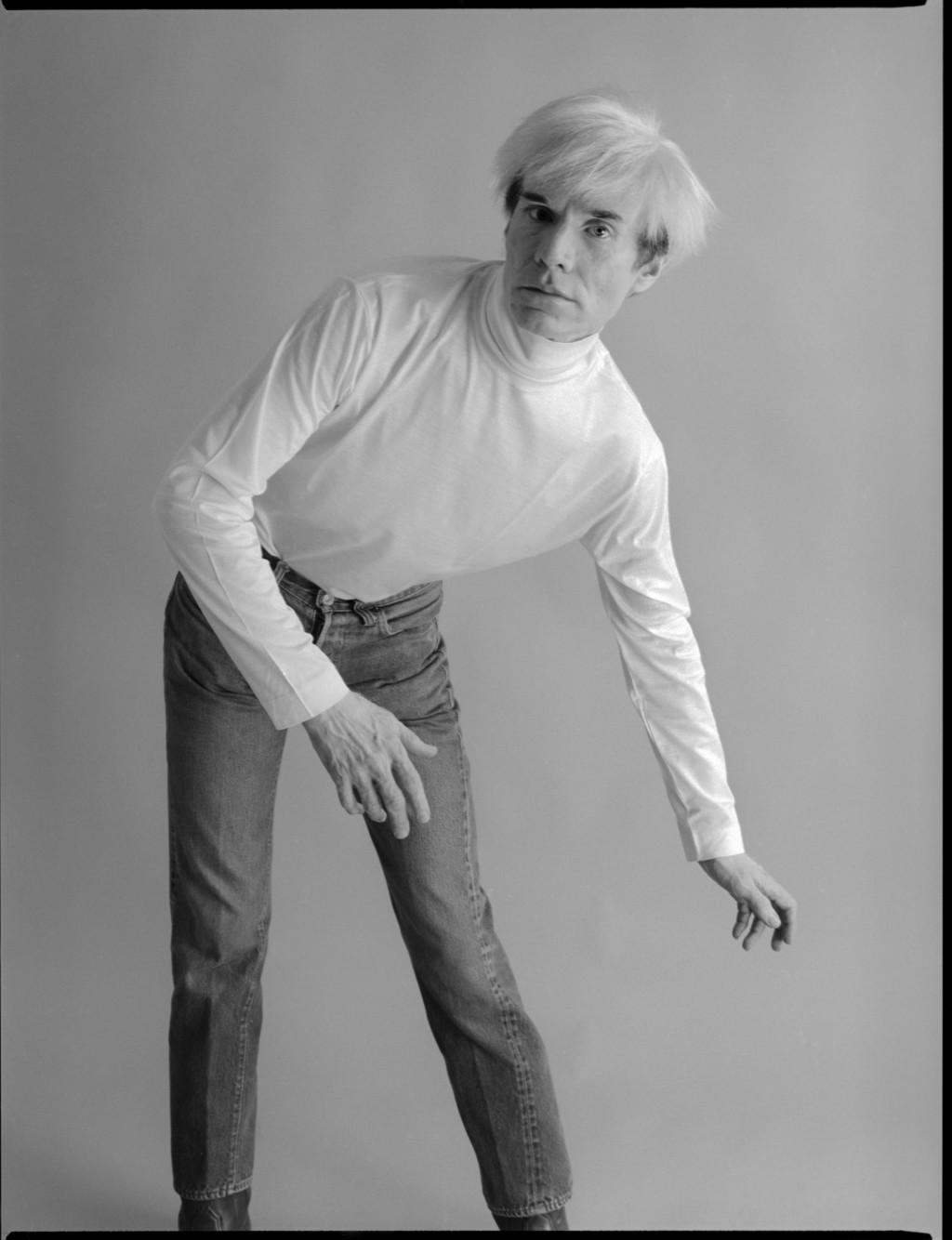Andy Warhol, born on August 6, 1928, in Pittsburgh, PA, is renowned for his pivotal role in the Pop Art movement. His captivating works, which include the iconic Campbell’s Soup Cans and his striking portraits of celebrities like Marilyn Monroe, have left an indelible mark on contemporary art. Interestingly, Warhol’s life and art intersected with the theme of plastic surgery, reflecting both personal and societal obsessions with appearance and transformation.
The Dermabrasion Incident
In 1957, Warhol underwent a dermabrasion procedure due to a nasal skin lesion known as rhinophyma. This surgery, aimed at smoothing the skin’s surface, was particularly relevant during a time when public figures often pursued ways to enhance their appearance. Although there is limited information on whether Warhol had further surgeries, this dermabrasion is well-documented in biographical literature.
The initial procedure altered Warhol’s nasal appearance, impacting his public persona. Over the years, opinions vary regarding the necessity and outcome of this surgery. Some speculate that Warhol’s choice to address his skin condition was partially influenced by the burgeoning culture of celebrity visual standards, while others see it as a personal health decision.
Warhol himself did not discuss his surgeries extensively. However, he was known for commenting on the superficiality of fame and beauty, often juxtaposing it against his own experiences. This paradox enriches the narrative surrounding his choices.
The Impact of Plastic Surgery on His Image
The effects of Warhol’s dermabrasion became more than skin deep. His new, altered appearance allowed him to delve further into his commentary on celebrity culture and the fleeting nature of fame. The Pop Art movement was about blurring the lines between art and commerce, and Warhol’s physical transformation resonated with these ideals.
The speculation around his cosmetic choices has evolved over time, fueling debates among fans and critics alike. Many point to Warhol’s embrace of plasticity—both in terms of his art and his physical self—as a reflection of a culture that values aesthetics. His iconic status was driven not just by his art, but by the enigmatic persona he crafted.
Although Warhol didn’t openly discuss his thoughts on beauty enhancements, his work suggests an understanding of how image influences perception. The contrast between his public persona and the personal struggles he faced, including his health challenges like Sydenham’s chorea, added layers to his character.
Timeless Appeal through Transformation
Reflecting on Warhol’s experiences with plastic surgery, it becomes apparent that his artistic journey mirrored his physical transformations. Warhol’s ability to evolve in both his appearance and his art underscores a unique relationship with the world of cosmetic procedures.
Today, Warhol’s legacy continues to captivate audiences. His striking image and the depth of his work resonate with contemporary discussions about beauty and identity. The intersection of art, fame, and personal choices regarding appearance remains as relevant now as it was during his lifetime.
In retrospect, Warhol’s utilization of plastic surgery played a role in creating the iconic figure we recognize today. This blend of artistic genius and personal evolution is a testament to his enduring impact, leaving a legacy that challenges our perceptions of beauty and existence.
